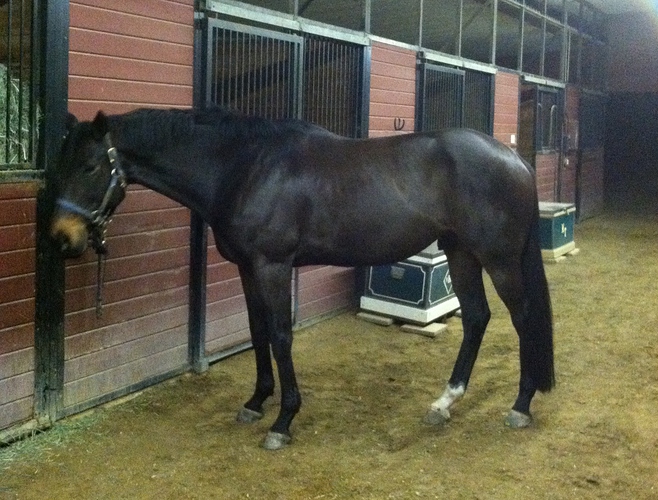Two of mine were ear twitched at the track, it happens all the time I have literally seen it happen all the time at the track also. Spend time on the track and you will see it. Its not really frowned upon there. Not bashing the track at all but let’s not pretend bad things don’t happen there. Good things also happen there, there are always bad apples in the bunch though.
One of mine was not given grain at all unless she raced, then it was just for the week before her race and it was beet pulp and a handful of sweet feed. She had the smallest feet ever, like pony feet when I got her and was 300lbs underweight. Her owners were small time and didn’t have money but loved the horses and gave them great care otherwise. Horrible horsemanship in my opinion but they really didn’t there was any issue with it. All of this is straight from her owners mouth.

